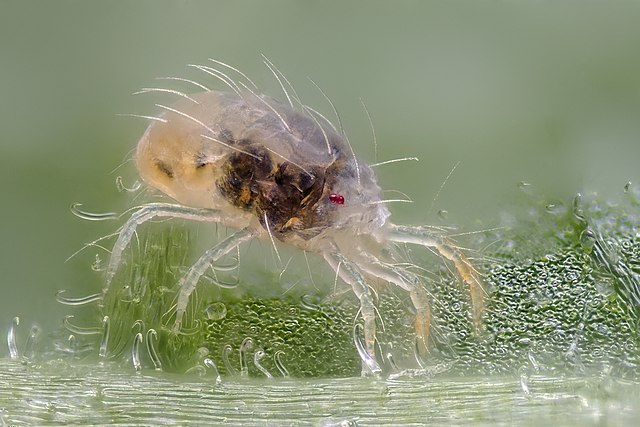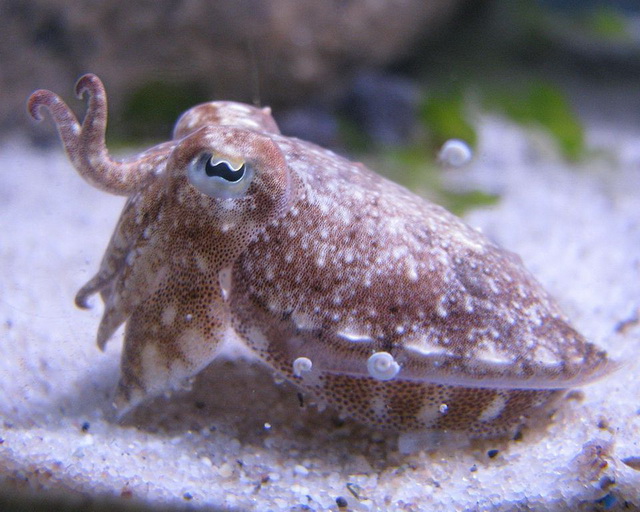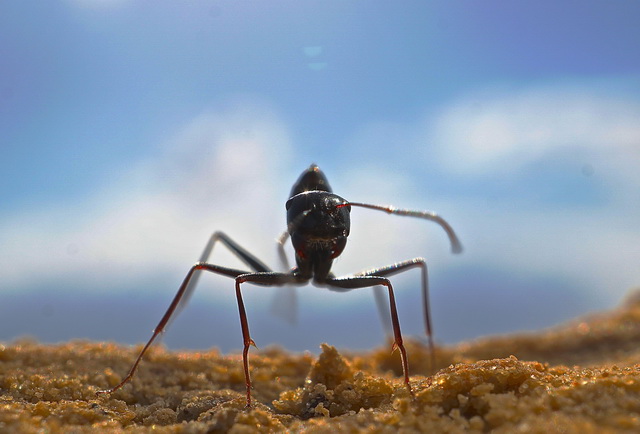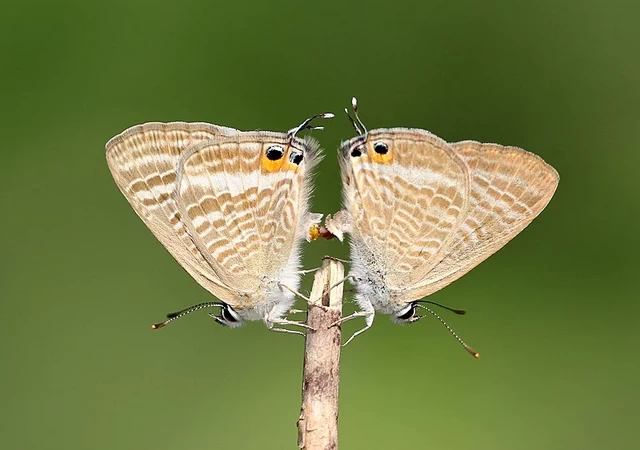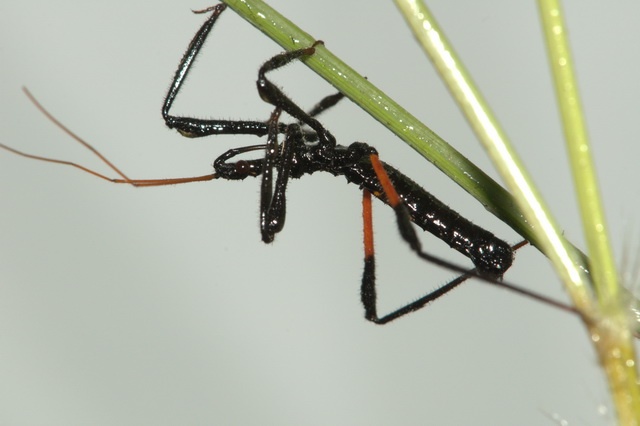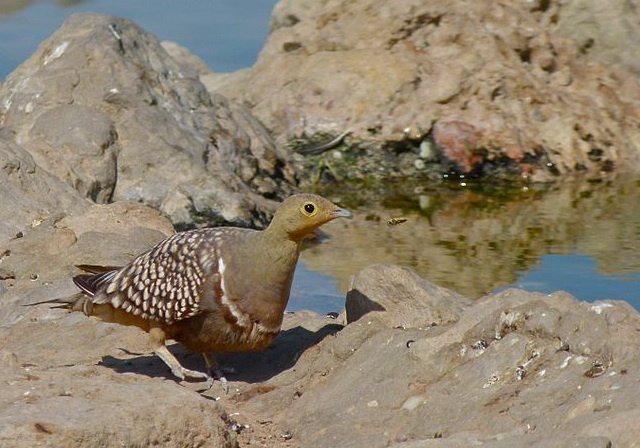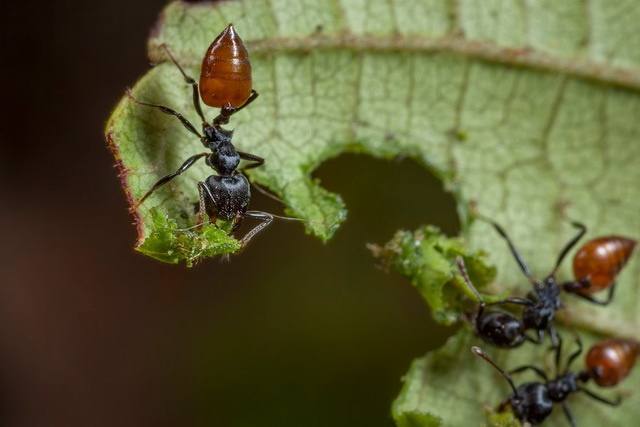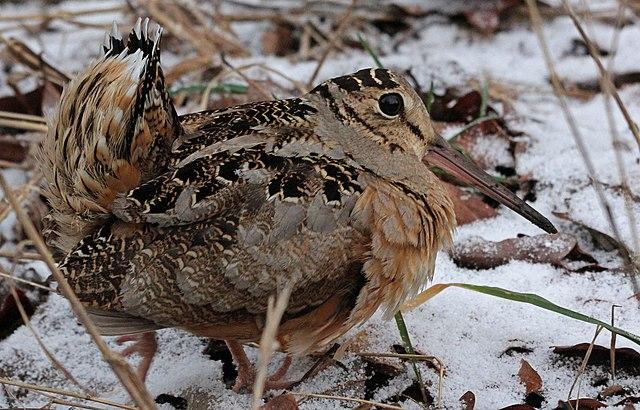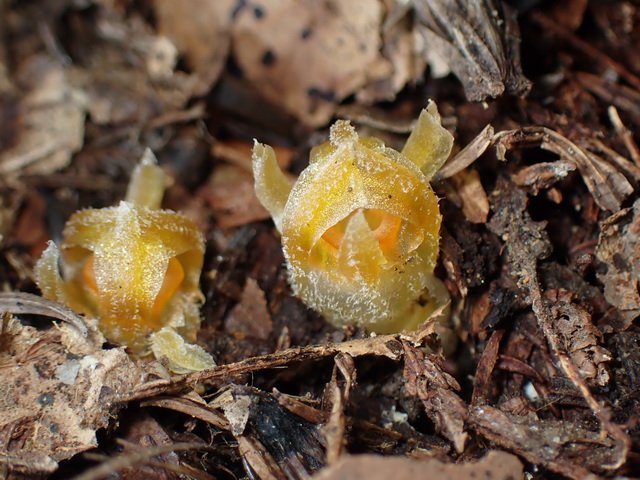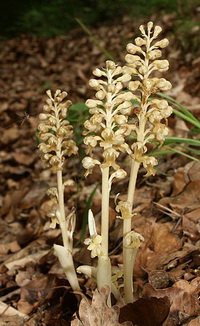Asp caterpillar defends itself with bacterial protein
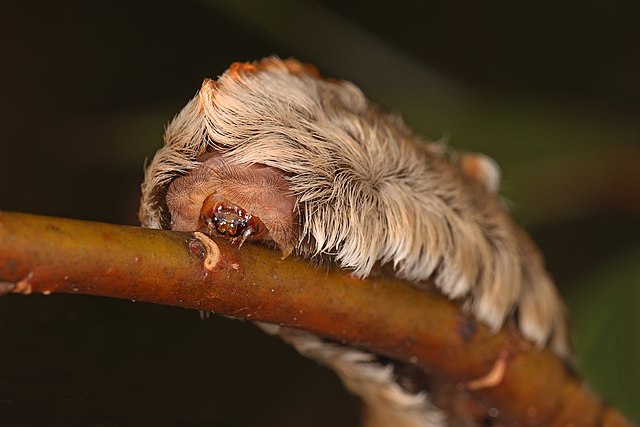
Flannel moth caterpillars have a venom that is unique among moths and that causes excruciating pain, deterring predators. Andrew Walker and colleagues unlocked the surprising origin of this venom.
Caterpillars of flannel moths have a cuddly appearance: they have a ‘fur’ of long, often curly hairs. But it is not a good idea to touch them, because spines are hidden under the hairs that inject a venom when touched. The result is excruciating pain that can last for hours or days. Flannel moths form the family Megalopygidae, which has about 250 species that live in North, Central and South America. Their caterpillars are known as asp caterpillars or puss caterpillars.
Certain proteins in the toxic blend of the caterpillars are responsible for the pain. These proteins have a special evolutionary history, Andrew Walker and colleagues discovered.
Holes
The researchers were curious about the composition and mode of action of asp caterpillar venom. They took a closer look at two species: the southern flannel moth Megalopyge opercularis and the black-waved flannel moth Megalopyge crispata. First, they were surprised to find that the toxic proteins, which they call megalysins, closely resemble toxic proteins from disease-causing bacteria, such as Clostridium. The bacterial proteins are harmful because they puncture victims’ cells. And in experiments, the toxic proteins of asp caterpillars turned out to do exactly the same: they punch holes in animal nerve cells. The nerve cells then fire signals that cause the sensation of pain.
There are more species of butterflies and moths with venomous caterpillars, but they have very different types of venom. The venom of the Megalopygid family is unique among the Lepidoptera. Isn’t it strange that caterpillars of this family make the same type of toxic proteins as bacteria? Is that a coincidence?
Defence
No, it’s not. An ancestor of butterflies and moths once obtained genes that code for pore-forming proteins from bacteria, and the butterflies and moths conserved these genes (horizontal gene transfer between species occurs seldomly in evolution). Apparently, the proteins are useful for them, but what function they have is not yet known. In any case, they are not used as venom.
That is, except for members of the Megalopygid family. They restored the function of these proteins as venom, with which caterpillars defend themselves against their predators.
Asp caterpillar is mimicked by bird
And that works great. Once an animal has tried to handle an asp caterpillar and got stinged, it will leave similar critters alone henceforth. Young of the cinereous mourner (Laniocera hypopyrra, a South American passerine bird) take advantage of this. They convincingly mimic the appearance and behaviour of an asp caterpillar, and without being venomous themselves, they still deter predators.
Flannel moths aren’t the only animals that use this type of pore-forming bacteria-derived proteins as venom. Some centipedes, cnidarians and fish do as well.
Willy van Strien
Photo: asp caterpillar of southern flannel moth Megalopyge opercularis. Judy Gallagher (Wikimedia Commons, Creative Commons CC BY 2.0)
Researchers explain their work on YouTube
Sources:
Walker, A.A., S.D. Robinson, D.J. Merritt, F.C. Cardoso, M.H. Goudarzi, R.S. Mercedes, D.A. Eagles, P. Cooper, C.N. Zdenek, B.G. Fry, D.W. Hall, I. Vetter & G.F. King, 2023. Horizontal gene transfer underlies the painful stings of asp caterpillars (Lepidoptera: Megalopygidae). PNAS 120: e230587110. Doi: 10.1073/pnas.2305871120
Londoño, G.A., D.A. García & M.A. Sánchez Martínez, 2015. Morphological and behavioral evidence of Batesian mimicry in nestlings of a lowland Amazonian bird. The American Naturalist 185: 135-141. Doi: 10.1086/679106
